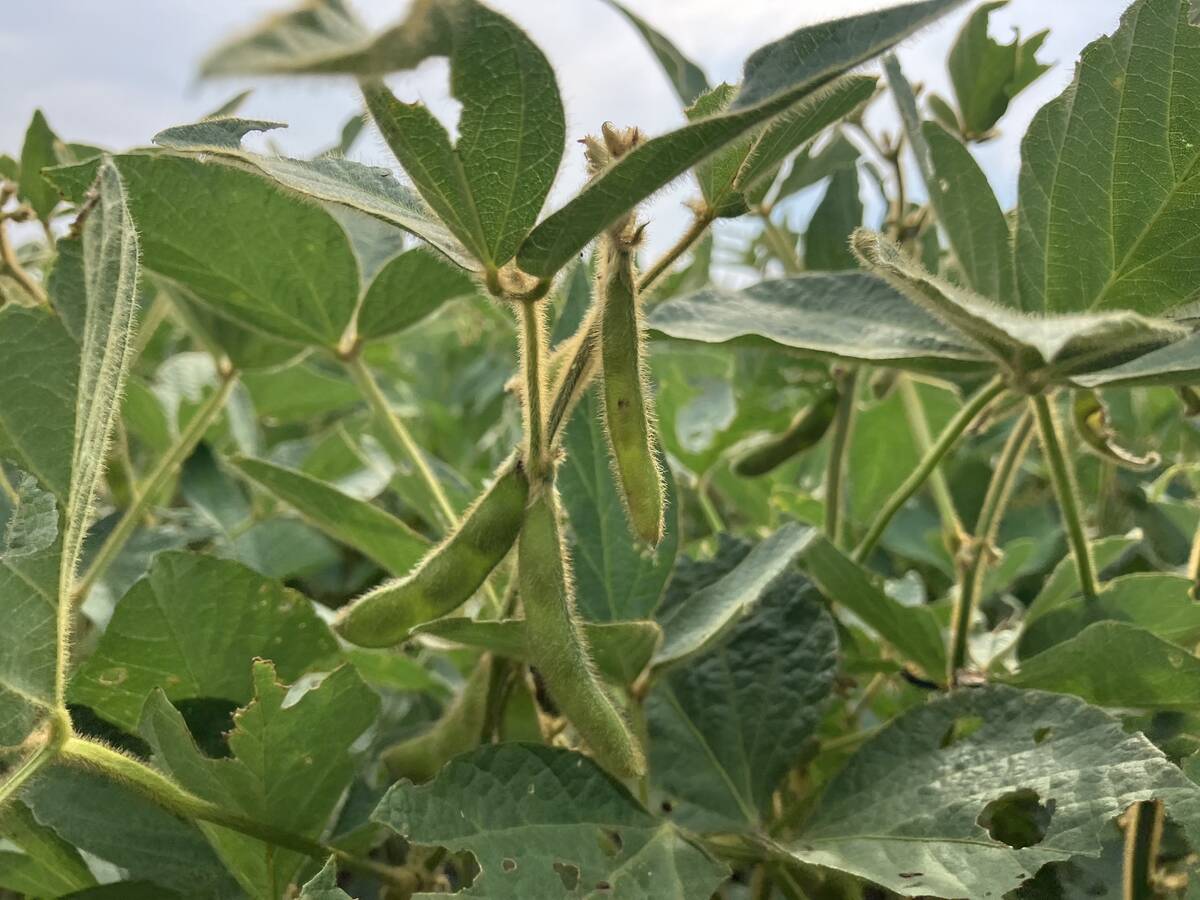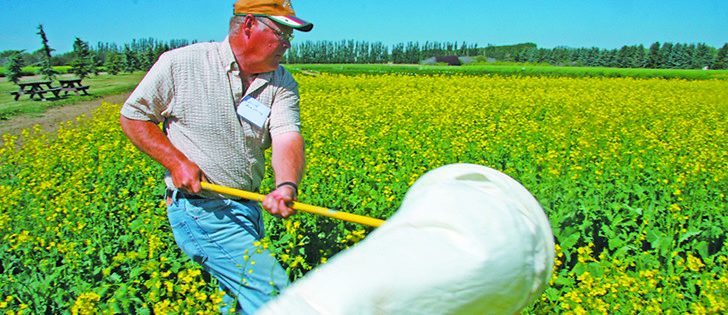Lygus bugs | Officials recommend growers check 10 locations in fields that are larger than 100 acres
BROOKS, Alta. — Canola crops are approaching the stage where lygus bugs can do their damage, and accurate counts obtained by sweep tests allow producers to make spraying decisions.
There’s no numerical threshold to determine whether to spray for lygus, said Scott Meers, an insect management specialist with Alberta Agriculture.
“The threshold is where you get equal dollars back compared to the cost of spraying,” Meers told those at a Canola Galla field day July 31.
The Canola Council of Canada has no numeric guide either, noting in its insect scouting guide that “economic thresholds can vary from four to over 30 per 10 sweeps depending on crop and insect stage, cost of control and canola price.”
Read Also

Proposed dicamba restrictions please expert
Pest Management Regulatory Agency proposes banning “over-the-top” spraying of dicama on soybeans.
However, no decision can be made without measuring the extent of the problem, and Meers provided a refresher course in proper sweep techniques that will provide an accurate insect count.
He recommended a 15-inch diameter hoop on a three-foot net to provide a reasonable sweep radius.
“Hold it like a hockey stick,” said Meers.
Walk at a steady pace through the crop, making 180-degree sweeps, hip to hip in a uniform arc. If the crop is particularly thick, producers may want to make two passes while doing 90-degree sweeps.
“The key to a sweep is that every time, the net goes through new material. If you are not in fresh material, you are not going to get accurate counts.”
Meers recommended 10 sweeps in about six spots in a field, though the number will depend on how many fields are involved.
The canola council recommends checking at least 10 locations in fields larger than 100 acres.
“If you do only one set of 10 sweeps (per field), the chance of getting the wrong answer is greater than getting the right answer,” said Meers.
He also cautioned against sweeping too deeply into the crop. Sweeps should pass through the top one-quarter to one-third of the standing crop. If deeper, cabbage seedpod weevils can be knocked off the plants, giving an inaccurate count.
However, sweeping for weevils ideally takes place when the crop is 10 to 20 percent in bloom.
Meers recommended waiting for dew to dry and temperatures to rise before sweeping for lygus, when the insects are more mobile.
Allow any flying insects to escape the net after each series of 10 sweeps, and then sort through the plant material to identify and count all remaining insects.
















